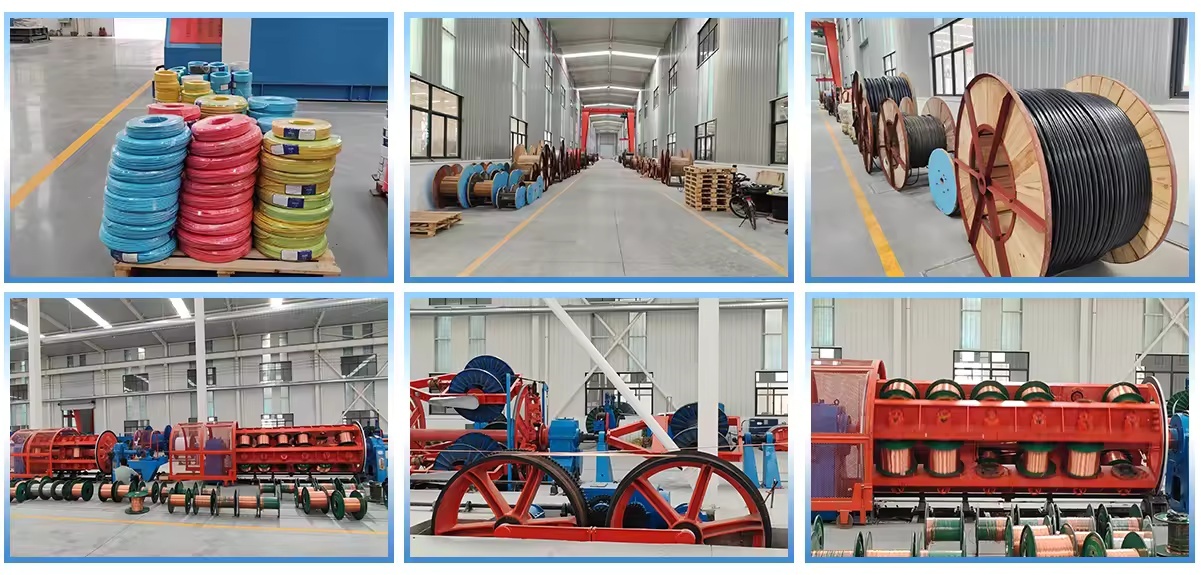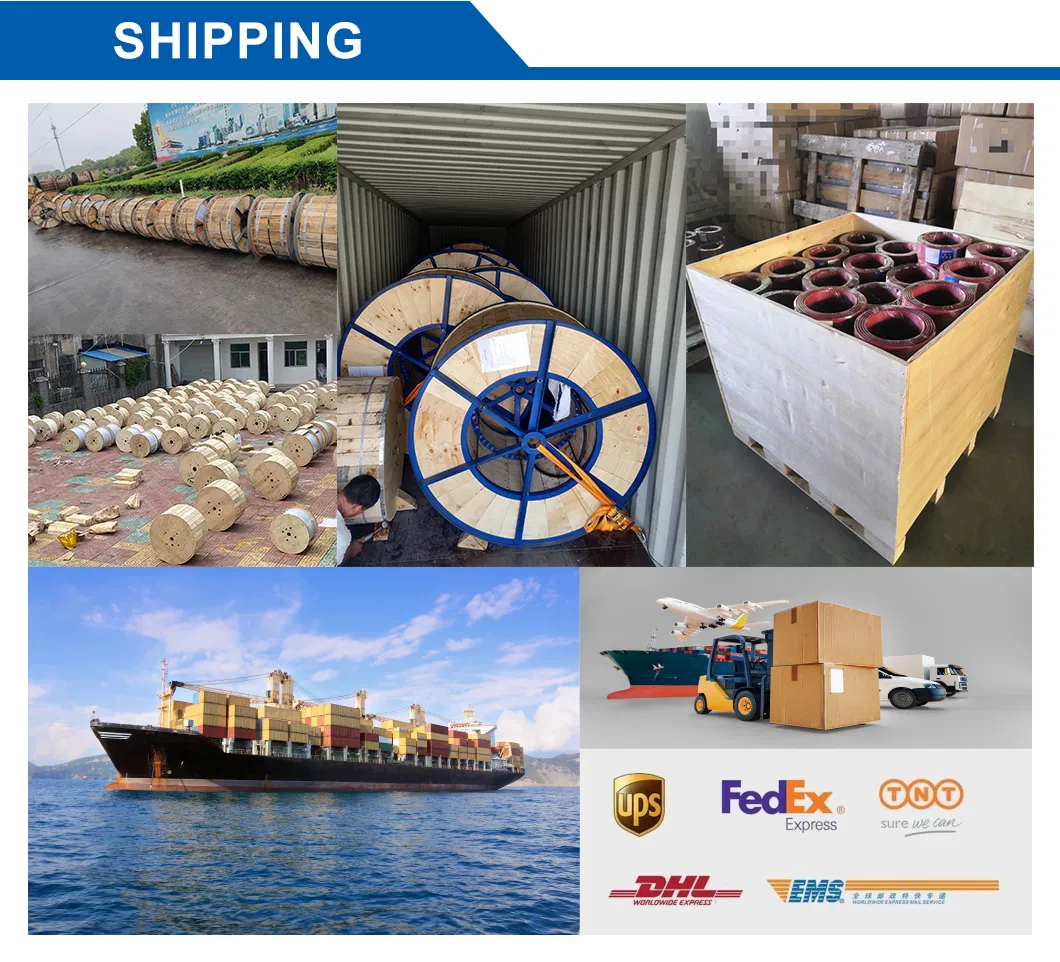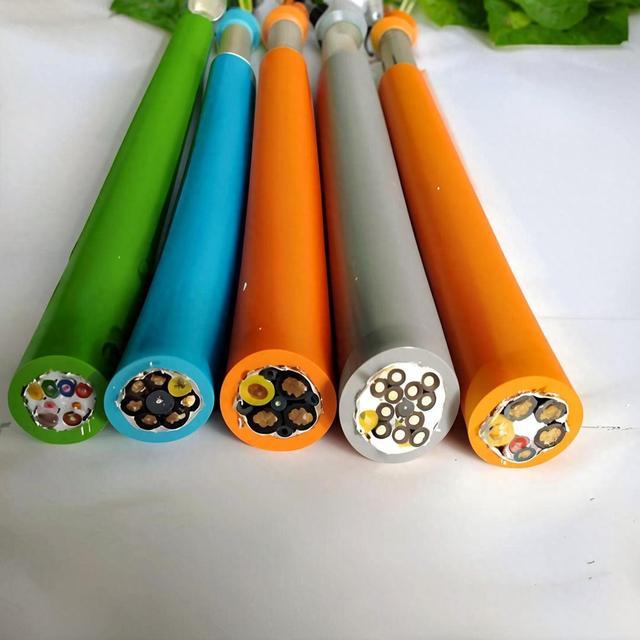Highly flexible torsion cables are highly flexible cables with a multi-stranded flexible conductor structure, also known as robotic cables, and can be used as drag chain cables.
Highly flexible torsion cable structure
Conductor: fine oxygen-free bare copper wire, multi-stranded, in accordance with GB/T3956 (VDE0295/IEC60228) Class5 or Class6 standard.
Insulation: high-strength imported PE material, colour differentiation (can be customized according to customer requirements to production)
Inner sheath: high strength special composite sheath special material (different models vary)
Shielding: anti-oxidation tinned copper winding shielding, braiding density ≥ 85% or more, can effectively prevent interference from internal and external (varies by model)
Sheath: high strength and low viscosity special PVC composite material or high strength imported PUR material.
Sheath colour: grey (default), black, orange (other colours can be customized according to customer requirements)
Highly flexible torsion cable characteristics
Special PVC drag chain cables or PUR drag chain cables for drag chains are ideal for use in drag chains.
Due to the special cable structure, the Zui big characteristic of this cable is good flexibility. Resistant to bending, folding, abrasion and oil, they are used for mobile use under continuous reciprocating motion.
Application areas of highly flexible torsion cable
Highly flexible torsion cables are widely used in CNC machine tools, vertical lathes, glass machines, woodworking machines, robot manipulators, cutting machines, engraving machines, door and window machines and many other automated machinery and equipment.
Ask
Is the thinner the conductor of High Flex Cable, the better?
Answer
Many manufacturers claim that the conductor of the high-flex wire is 0.06MM or even 0.05mm (hair 0.07), the finer the conductor does make the wire becomes soft, but in the process of high-speed reciprocating motion there is a huge pulling and stretching of the wire must be considered the anti-mechanical strength of the wire, the more details of the wire the worse the mechanical strength, it is easy to be pulled off in the movement process due to the lack of mechanical strength and direct breaks. Wire should be based on the size of the collision cross-section of different, choose the appropriate wire diameter to match the ZUI best rather than the pursuit of the finer the better.
Ask
Can the addition of cotton threads in cables strengthen the bending resistance of highly flexible wires?
Answer
Many manufacturers in order to highlight the bending resistance, said in the wire to increase the cotton thread, wire and cotton thread itself is not the same hardness and abrasion resistance, coupled with the wire bending from the appearance is not visible, plus the cotton thread, the feel of the wire did not break, because the inside of the cotton thread is not broken. After the internal wire is broken, the wire is no longer conductive. Cotton thread is nothing more than filling the space gap between the wires to improve the cable's tensile strength, not resistance to bending.




